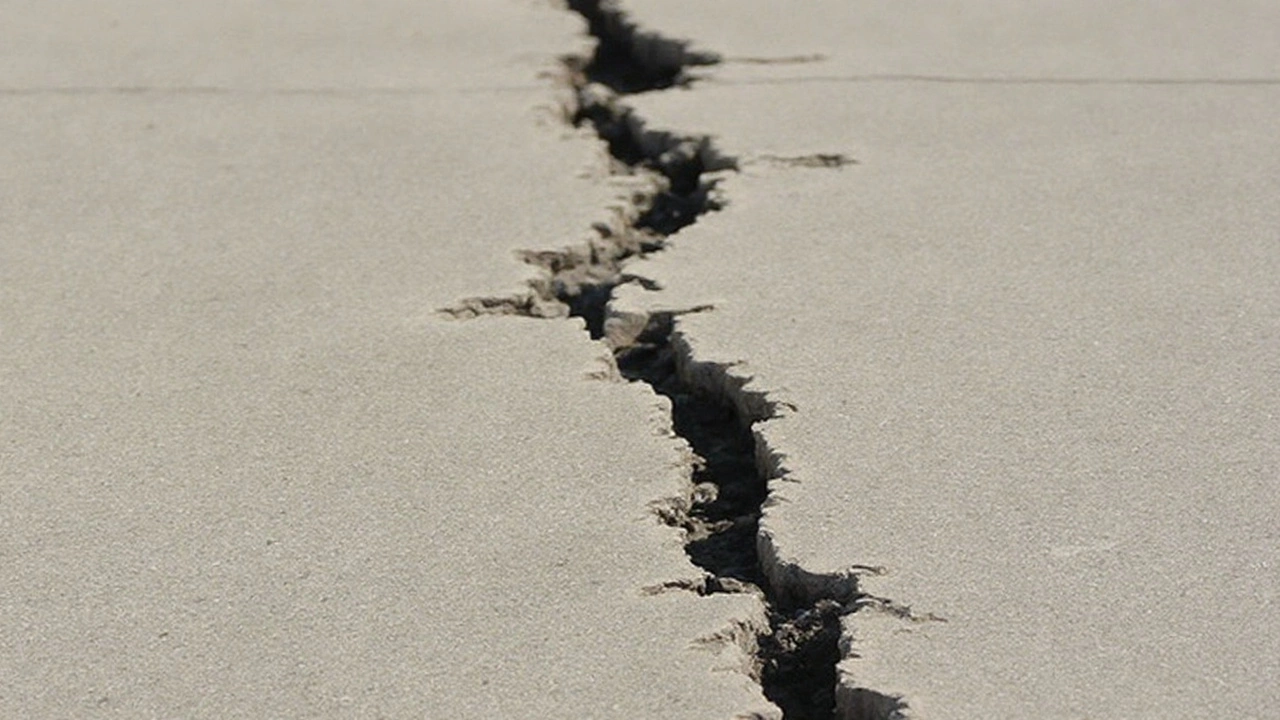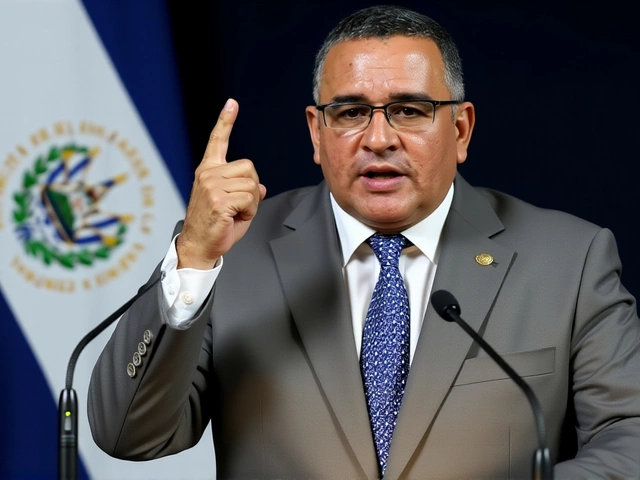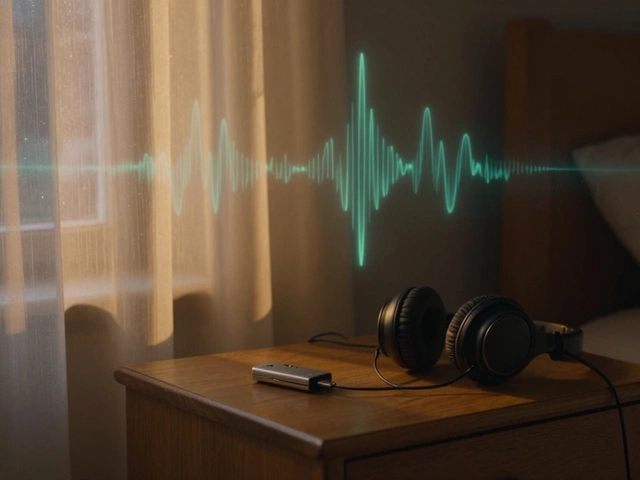What Happened
On the morning of Friday, Jan. 10, 2025, a 3.7‑magnitude tremor erupted just three miles off the coast of San Francisco, near the San Andreas Fault. The quake originated at a depth of roughly five miles, according to U.S. Geological Survey (USGS) data, and lasted between ten and fifteen seconds. Though the magnitude was low, the shaking was felt throughout the Bay Area, from the bustling streets of downtown San Francisco to the quieter neighborhoods of the East Bay.
One overnight security guard at the San Francisco Zoo told us he first sensed a "wobbliness in my legs for a moment" and thought fatigue was to blame before realizing the ground was moving. Other residents described a freeze‑frame moment, with cabinet doors rattling and dishes clinking as shelves swayed. The tremor was followed by a series of aftershocks that kept nervous locals checking their phones for updates.

Why Preparedness Matters
USGS scientists say this modest quake is a reminder that the San Andreas Fault system never truly rests. Even minor tremors can precede larger events, and the Bay Area’s densely packed infrastructure means a bigger quake could cause significant damage. The agency urges everyone to review their emergency plans, secure heavy furniture, and keep an accessible kit with water, food, and first‑aid supplies.
Preparedness doesn’t have to be overwhelming. A simple checklist—checking that heavy objects are anchored, knowing the nearest safe spots in each room, and setting a family meeting point—can dramatically improve safety when the ground starts moving. Local officials also recommend having a battery‑powered radio to stay informed if power lines fail.
While the recent jolt was not destructive, it highlighted how quickly a community can feel the impact of a fault line just offshore. The event has sparked renewed public talks on schools and workplaces about earthquake drills, and several neighborhood groups have already scheduled workshops on retrofitting homes.
Authorities continue to monitor the aftershock sequence, and the USGS will release a detailed technical report in the coming weeks. In the meantime, the message is clear: a San Francisco earthquake could happen at any time, and staying prepared is the best defense.




